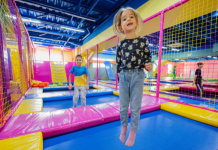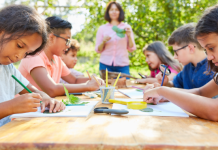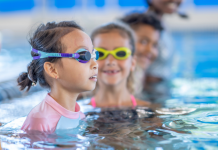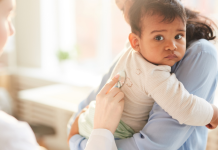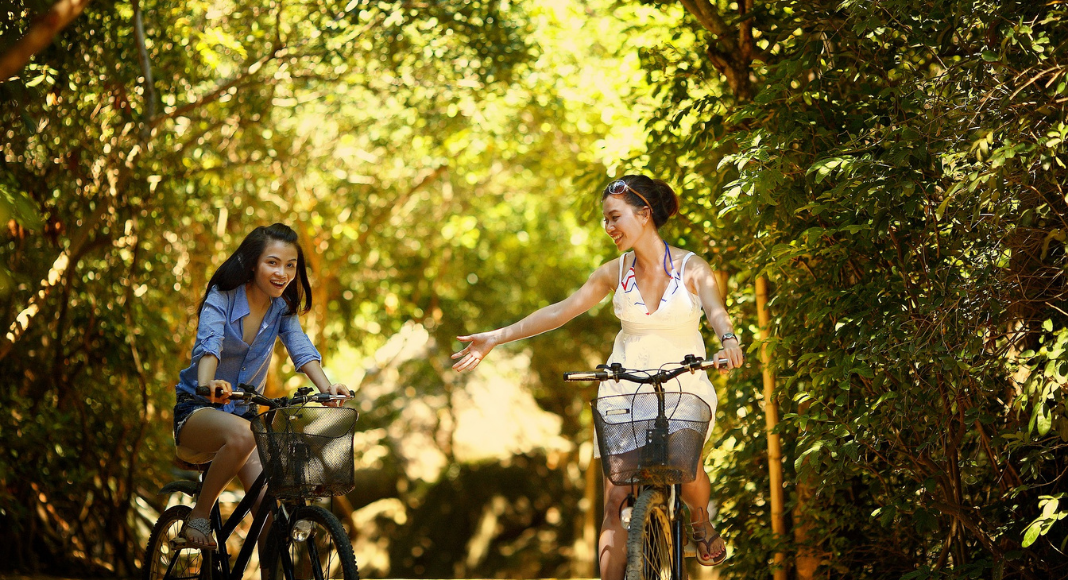 At the fresh age of 23 when I had my first daughter, I didn’t realize how much one tiny human could teach ME. Becoming a mom truly helped me become the best version of myself. I spent time focusing on areas I knew I needed to heal so I didn’t pass them on to her and any future kids. Body image was a big one. I did not want my own body stuff to get passed on or have any of my kids beat themselves up about their physical selves.
At the fresh age of 23 when I had my first daughter, I didn’t realize how much one tiny human could teach ME. Becoming a mom truly helped me become the best version of myself. I spent time focusing on areas I knew I needed to heal so I didn’t pass them on to her and any future kids. Body image was a big one. I did not want my own body stuff to get passed on or have any of my kids beat themselves up about their physical selves.
This set me on a journey (that I’m still on) of working towards body neutrality.
Body Image and Body Neutrality
My current ideas of body image are that ideally, I’m working towards neutrality. It’s my body, it serves me and it helps me get what I need to get done, done. That’s it.
There are a lot of aspects of body positivity that yes, I try to aim for, but I also feel like setting that as a bar for me to reach didn’t always seem the most possible.
Do I love my stretch marks? Um no. Can’t say I ever will.
But can I reach a point of neutrality with them? Yup, that seems more doable!
The main thing I’ve learned is that in order to help my kid’s develop a healthy body image, it starts with ME and how I see myself. It encourages me to be MY best self and take care of myself physically, emotionally, and mentally.
Ways to Share Positive Body Image with Kids
- Start having conversations early in age appropriate ways
We talk about our bodies and what they do for us, but that’s pretty much it. How they are strong and help us run and move. I don’t comment on my kid’s bodies unless to speak about how fast their legs move them or how their body helped them accomplish something.
2. We eat ALL foods.
We don’t deem one food bad or good. It’s just food. Sure, we practice healthy eating and healthy choices, but we also eat the cake. And we bake goodies. And sometimes they get served WITH dinner! I love following @kids.eat.in.color. She offers helpful tips for encouraging kids to eat veggies and debunks food stereotypes. She also teaches parents how to talk to kids about certain foods. I’ve found it extremely helpful!
3. When we describe others, we try to abstain from commenting about their body in any way.
One thing I’ve learned is that kids do notice differences in body weight whether I am commenting on it or not. I used to get really embarrassed and lecture my kids that we don’t describe people as “fat or skinny,” now I’ve learned I can answer questions about body weight in a neutral way. I wasn’t aware that my dramatic response was possibly feeding into negative body image. Without meaning to I was sending the message that people who may weigh more was a bad thing.
Kids are so super honest and curious. They also understand the answer that some people just have more fat on their bodies than others and that’s ok. Again, @kids.eat.in.color has posted really great stuff about how to respond to kids questions about differences in body weight that have helped me in so many situations!
As my kids (now reaching 9 and almost 12) get older, I know I must be intentional in conversations and discussions surrounding body image. It’s something that develops in everyone regardless of gender. Simply not talking about it (which was my approach for a while) doesn’t mean they aren’t getting messages from every which way. Don’t be afraid to start the conversation now!



